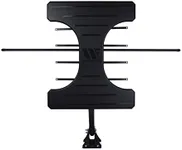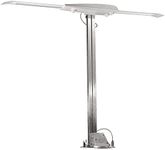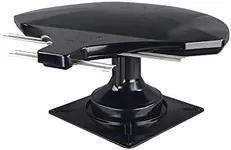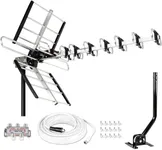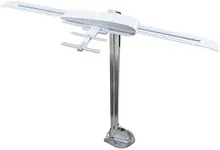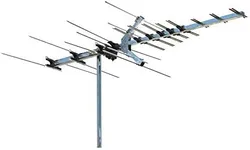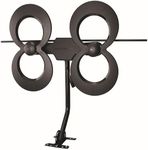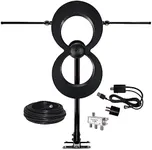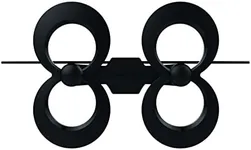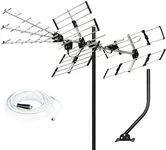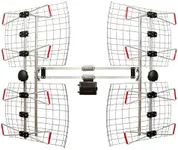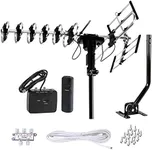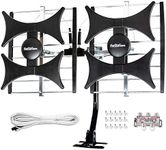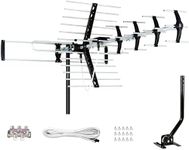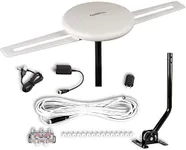Buying Guide for the Best TV Antennas
Choosing the right TV antenna can greatly improve the quality of your TV signal and let you enjoy more channels with better clarity. Because TV signals come from broadcast towers and not all homes have the same location or setup, it's important to understand a few key specifications of antennas so you can get the one that best fits your needs.Antenna Type (Indoor vs. Outdoor)This refers to where the antenna is designed to be placed. Indoor antennas are meant to be used inside your home, usually near the TV, while outdoor antennas go on the roof or outside the building. Indoor antennas are compact and easy to set up, appropriate for people living close to broadcast towers in cities or suburbs. Outdoor antennas are larger and can pick up signals from much further away, making them a better fit for rural or remote areas. To pick the right one, consider your distance from TV broadcast towers—if you’re far away or have obstacles like trees or hills, an outdoor antenna is often more effective.
RangeThe range tells you how far the antenna can reach to pick up TV signals, usually measured in miles or kilometers. Short-range antennas (up to 25 miles) are suitable for those who live close to the city or broadcast towers. Medium-range (25–50 miles) and long-range (50+ miles) antennas are for people living further away. To decide, find out how far you are from the nearest broadcast towers using online tools, then choose an antenna with a range slightly above that distance to ensure better reception.
Signal Type (UHF/VHF/Both)TV channels are broadcast over different frequency bands: VHF (Very High Frequency) and UHF (Ultra High Frequency). Some antennas get only UHF or only VHF, but most modern ones cover both. It's important because some of your favorite channels might broadcast on either type. Before buying, check which type of signals are common or most valuable to you in your area. Generally, it’s safest to pick an antenna that supports both UHF and VHF to maximize channel options.
Amplified vs. Non-AmplifiedAmplified antennas have a built-in signal booster which helps pick up weaker signals, useful if you're further from towers or have obstacles such as buildings or trees. Non-amplified antennas don’t have this feature and are usually fine for strong, nearby signals. If you sometimes struggle with choppy or weak TV channels or know you're not close to a tower, an amplified antenna might be best for you. Otherwise, a non-amplified one often works well close to the source.
Directional vs. OmnidirectionalDirectional antennas are designed to pick up signals coming from one direction—these work great if all broadcast towers are in a single area relative to your home. Omnidirectional antennas, on the other hand, can receive signals from all directions, which is useful if towers are scattered around you. Consider checking a map of local broadcast towers to see their locations; if they’re grouped together, go for a directional antenna, but if they're spread out, choose an omnidirectional model.
Antenna Size and DesignAntenna size varies greatly, from small flat pads for indoor use to larger, more robust outdoor models. Larger antennas generally capture signals more effectively, especially at longer ranges. However, bigger isn’t always better if you’re close to towers, as a small simple design may be all you need. Think about where the antenna will go and how much space you have, then pick a size that fits your location and viewing habits.
Mounting OptionsThis refers to how and where you can install the antenna. Some are designed for easy wall or window mounting inside the house, while outdoor options might need to be fixed on a roof, attic, or pole. Consider your living situation—such as whether you’re renting or own your home, and what kind of installation you’re allowed or willing to do—then choose an antenna that you can easily and securely install in your chosen spot.
